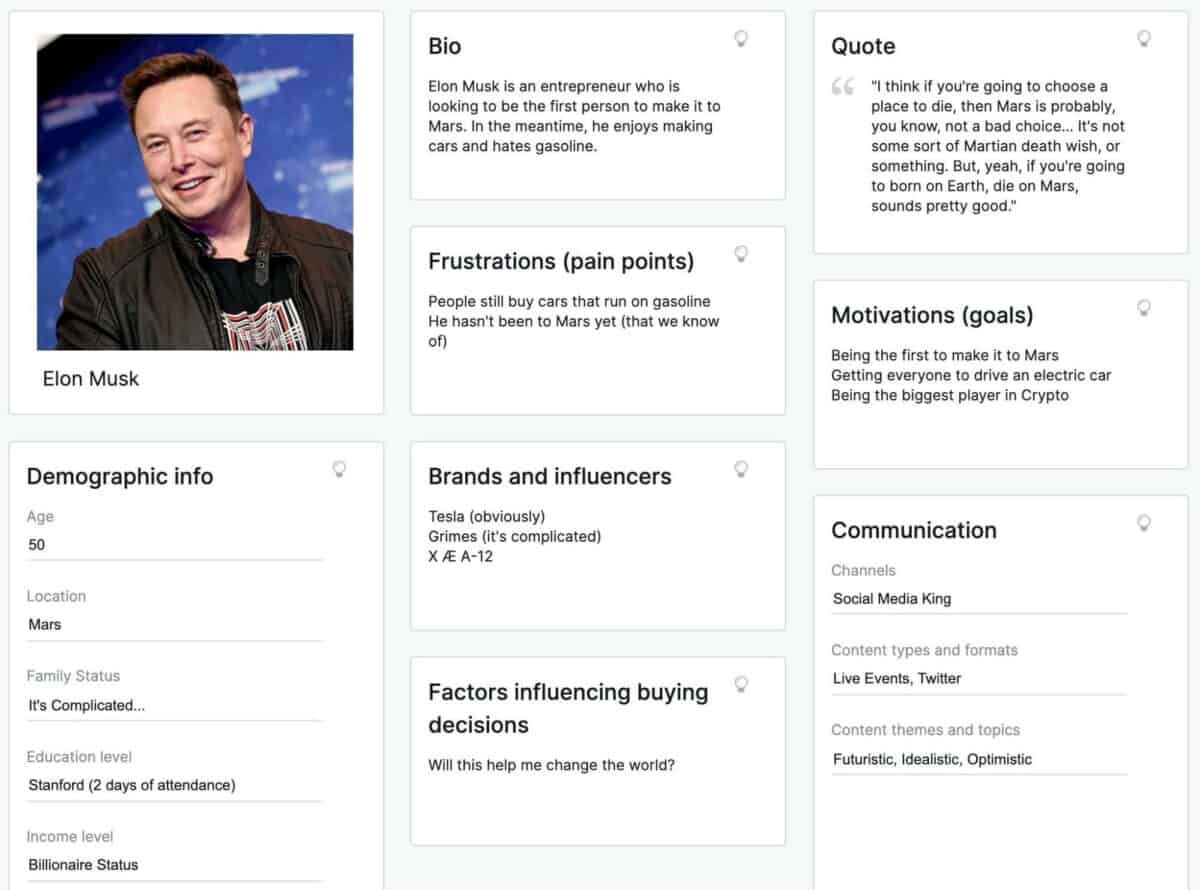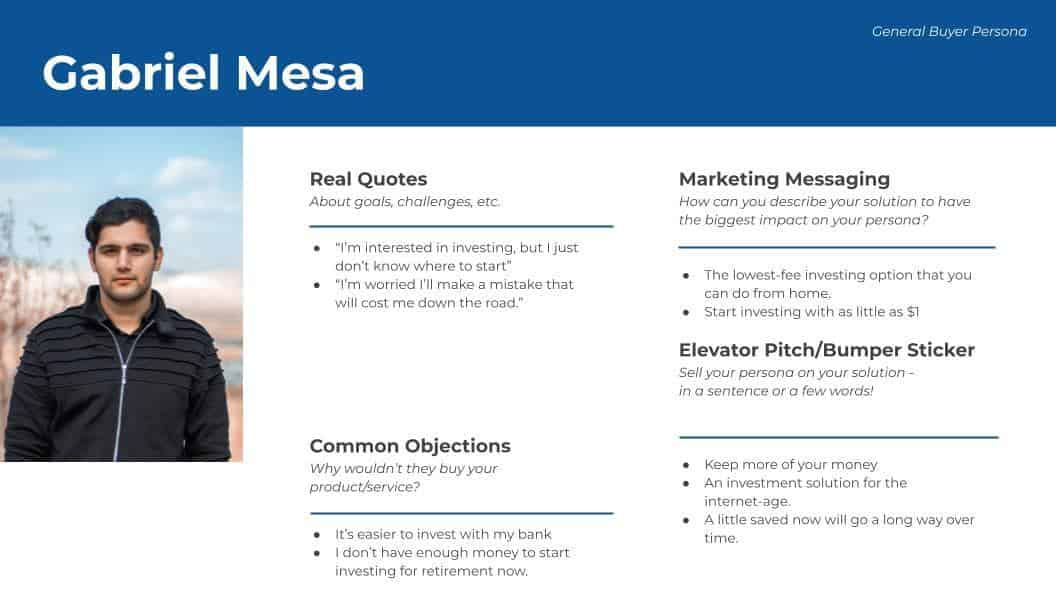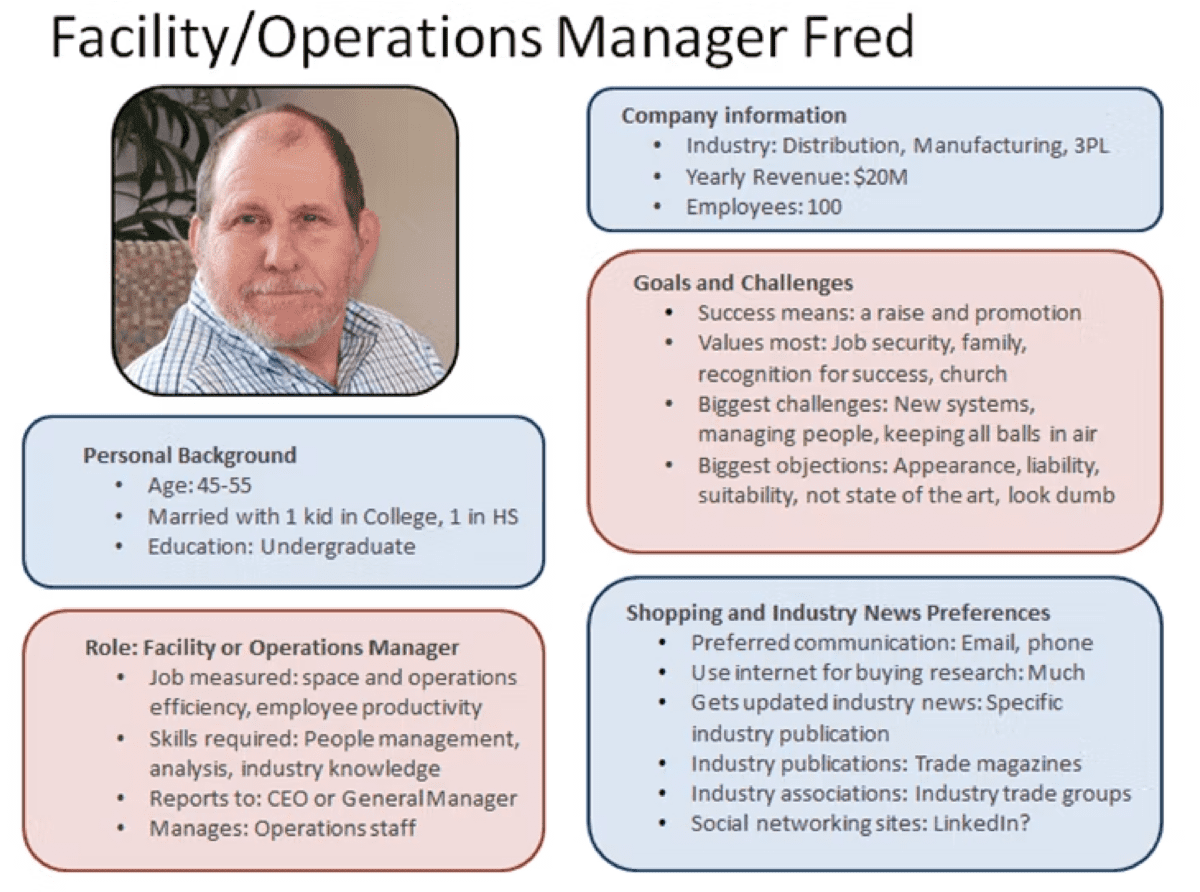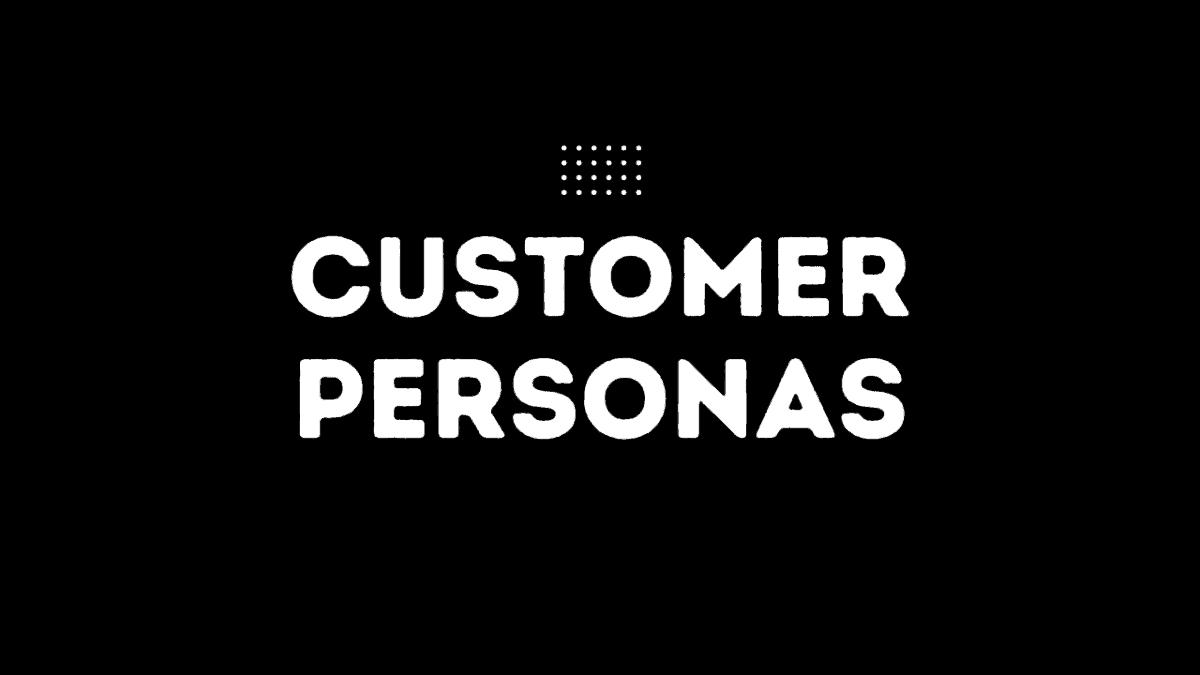“How well do you truly know your customer?” This is a line a lot of product managers are asked or have come across some sort of reading on the internet. For a startup with a bunch of customers, the best way to know them is to interact with them on a regular basis.
However, with product managers reaching out to users regularly as well, the effort is spent more on trying to get feedback regarding their experience with the product and less about understanding the customer.
Customer personas (also known as user personas or buyer personas) is the profile of a fictional human being representing a particular segment of users – representing their key traits and behaviours. This is based on data usually collected from market research and product analytics (Google analytics etc.). They provide invaluable insight into prospective users, the reasoning behind their decisions, and what drives them to their decisions.
A few insights that you get from customer personas:
- It enables product managers to understand the significance of the problem/s they are solving for their users.
- Help product development by prioritizing features or developing new ones that will allow users to achieve their needs.
- It helps understand the actions/ scenarios that would impact the user or nudge them to take action.
- It helps in understanding the ideal price points that customers would pay for.
- In a sense, customer personas help put a ‘face to the name’ of countless users, make the user more real in product managers’ minds, and help create a more customer-centric organization.
- It informs everyone; ux designers, product managers, marketers, sales personnel, and developers.
Here are great examples of customer personas from the internet:



These are data points that usually form a good customer persona:
| Personal Information | Employment | Social Status | Financial Status | Geography |
|---|---|---|---|---|
| Name | Occupation | Marital Status | Salary | Location – Urban centres, tier 2 – 5 cities, rural towns etc |
| Age | Job Title | Living condition – With partner, family, room mates etc. | Savings | |
| Gender | Company type |
Basic Information
What are they interested in?
Trying to build a basic profile of the user starting with general interests and habits; Eg: Tech savvy, spend a considerable amount of time online – from streaming apps for entertainment, shopping etc.
Typical Problem Statements
- Access –
- Quality –
- Choice –
- Convenience –
Time vs Money
Would they value time over money or vice versa? This is to understand how sensitive to cost they are and if users are willing to pay for premium experiences or something that would save their time & effort.
Where do they spend their time & money?
Here is where we try to dig deeper into user behaviours and habits. It can usually be split into the following broad heads – Food, Entertainment, Shopping, Travel, Financial situation and habits, Commuting, and Captive Time. Try to get into as much detail as possible with regard to their habits and mindset in each of these areas.
Based on the industry or the product that’s in focus, product managers can usually add, or remove data points that they feel are important for their persona and product development.
In the end, product personas are only as good as the user/ market research that the data is derived. They must be informed by research and not by assumptions of team members or anyone else. They shape and define products and create product strategies that aim to be more customer-centric, and ultimately build better products for their users.

